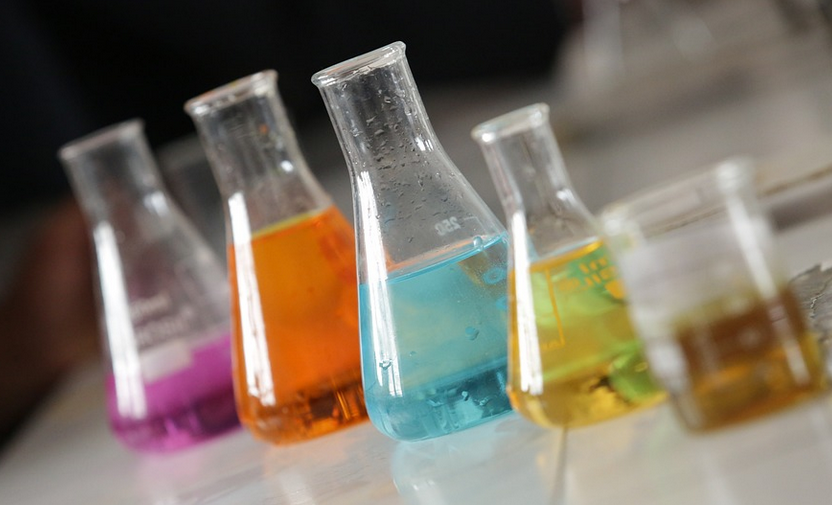Chemistry can be a challenging subject, especially when it comes to calculating formula mass. Formula mass is the sum of the atomic masses of all the atoms in a molecule. It is an essential concept to understand in chemistry, as it helps us to determine the amount of a substance in a given sample. In this article, we will explore how to find formula mass in chemistry, step-by-step.
Step 1: Understanding Atomic Mass
Before we dive into calculating formula mass, it is crucial to understand the concept of atomic mass. Atomic mass is the mass of an atom, which is measured in atomic mass units (amu). It is calculated by adding the number of protons and neutrons in the nucleus of an atom. The atomic mass of an element can be found on the periodic table.
Step 2: Determining the Molecular Formula
To calculate formula mass, we must first determine the molecular formula of the compound. The molecular formula tells us the number of atoms of each element present in the compound. For example, the molecular formula of water is H2O, which means it has two hydrogen atoms and one oxygen atom.
Step 3: Finding the Atomic Mass of Each Atom
Once we know the molecular formula, we need to find the atomic mass of each atom present in the compound. We can find the atomic mass of each element on the periodic table. For example, the atomic mass of hydrogen is 1.008 amu, and the atomic mass of oxygen is 15.999 amu.
Step 4: Multiplying the Atomic Mass by the Number of Atoms
Now that we have the atomic mass of each atom, we need to multiply it by the number of atoms present in the compound. For example, in water (H2O), there are two hydrogen atoms, so we would multiply the atomic mass of hydrogen (1.008 amu) by 2, which gives us 2.016 amu. We would then do the same for oxygen (15.999 amu) and get 15.999 amu.
Step 5: Adding Up the Atomic Masses
After multiplying the atomic mass by the number of atoms for each element, we need to add up the atomic masses of all the atoms present in the compound. For example, in water (H2O), we would add up 2.016 amu (hydrogen) and 15.999 amu (oxygen) to get a formula mass of 18.015 amu.
Step 6: Rounding the Formula Mass
Finally, we need to round the formula mass to the nearest tenth. In our example, the formula mass of water (H2O) is 18.015 amu, which we would round to 18.0 amu.
Conclusion
In conclusion, calculating formula mass is a crucial concept in chemistry. By following these simple steps, you can easily find the formula mass of any compound. Remember to determine the molecular formula, find the atomic mass of each atom, multiply the atomic mass by the number of atoms, add up the atomic masses, and round the formula mass to the nearest tenth. With practice, you will become a pro at calculating formula mass in no time!

